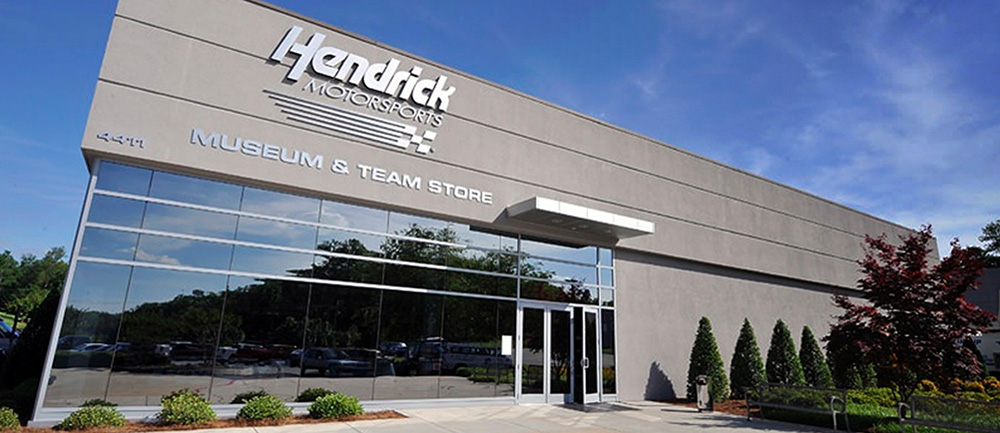
CONCORD, N.C.— As technology advances, sports advance.
The NASCAR Sprint Cup Series has experienced the outcomes of enhanced technology on the race cars over time, especially with the addition of the digital dash.
This feature gives Hendrick Motorsports drivers an entirely new visual experience when running laps on the racetracks.
Take a look below at 13 fun facts about the digital dash.
1) The digital dash made its competition debut in 2015 at Texas Motor Speedway in Jimmie Johnson’s No. 48 Lowe’s Chevrolet SS.
2) This year, all NASCAR Sprint Cup Series teams are required to have digital dashes in all race cars.
3) Before the digital dash, all Sprint Cup race cars had individual gauges that were either mechanical or voltage-driven mounted on the dash.
4) The digital dash is a rectangular machined aluminum housing with a full color thin-film transistor display that mounts behind the steering wheel.
5) The digital dash allows teams to tailor the way information is displayed to each driver’s preference, allowing them to more quickly interpret pertinent information and react.

6) The digital dash can have multiple “pages” that provide the driver a display of various information per page. The digital dash can have up to 16 gauges per page and up to 64 pages.
7) Customization is key to the digital dash. Race engineers and engine tuners can change features like numeric, analog or bar graph displays, warnings, warning levels, warning behaviors, font size, font color, background color, and have the freedom to move these images around on the display.
8) The rectangular unit provides information such as water and oil temperature, water and oil pressure, voltage, pit road lights, RPMs, and even lap times.
9) Each Hendrick Motorsports team has an engine tuner and a race engineer who are responsible for managing the digital dash.
10) Each week, a new project will be generated and downloaded to the digital dash to cater to the upcoming racetrack. Frequently, the project will be refined throughout the weekend based on driver input and track conditions.

11) There are circular lights displayed on the digital dash that relate to the RPMs. For example, when the digital dash is being used during practice, qualifying or the race, the lights will shine at different mph based on calculations from the RPMs to the motor. This feature gives drivers the ability to monitor speed.
12) Hendrick Motorsports race shops have roughly 30 digital dashes to use at any time.
13) The digital dash has a photo sensor that can automatically adjust brightness, a feature that is especially helpful during night races.







